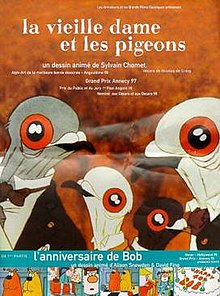
Sylvain Chomet is a French comic writer, animator and film director.

The Triplets of Belleville is a 2003 animated adventure comedy-drama film written and directed by Sylvain Chomet. It was released as Belleville Rendez-vous in the United Kingdom and Ireland. The film is Chomet's first feature film and was an international co-production among companies in France, Belgium, Canada and the United Kingdom.
The history of French animation is one of the longest in the world, as France has created some of the earliest animated films dating back to the late 19th century, and invented many of the foundational technologies of early animation.
The René Goscinny award, named after the writer of Asterix and Lucky Luke, is awarded to comic writers at the Angoulême International Comics Festival. It was first awarded in 1988 and 1992, every year between 1995 and 2008, and again since 2017. The award is given in order to encourage young comic writers, those whose comic careers have only begun to flourish. The awardee is chosen by a jury mostly composed of comics specialists: authors, journalists, and Angoulême festival organizers. The winner receives 5000 euro.

The Annecy International Animation Film Festival was created in 1960 and takes place at the beginning of June in the town of Annecy, France. Initially occurring every two years, the festival became an annual event in 1998. It is one of the four international animated film festivals sponsored by the International Animated Film Association.
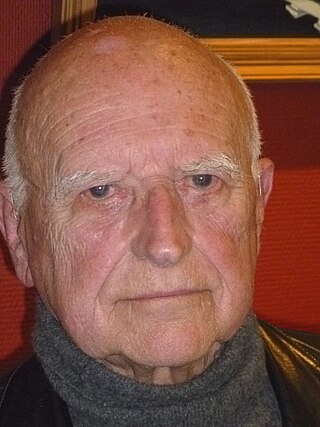
Raoul Servais was a Belgian filmmaker, animator and comics artist. He was born in Ostend, Belgium, and is a fundamental figure of the Belgian animation scene, as well as the founder of the animation faculty of the Royal Academy of Fine Arts (KASK).
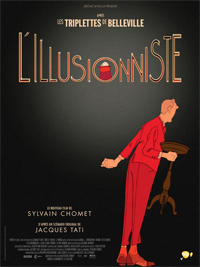
The Illusionist is a 2010 animated film written and directed by Sylvain Chomet. The film is based on an unproduced script written by French mime, director and actor Jacques Tati in 1956. Controversy surrounds Tati's motivation for the script, which was written as a personal letter to his estranged eldest daughter, Helga Marie-Jeanne Schiel, in collaboration with his long-term writing partner Henri Marquet, between writing for the films Mon Oncle and Play Time.
Django Films is a film studio run by the Oscar nominated French animator Sylvain Chomet. The studio, named after the jazz guitarist Django Reinhardt, is based in Edinburgh, Chomet's adopted home. It produced The Illusionist, based upon a previously unproduced script by Jacques Tati, as well as "The Triplets of Belleville " and "La Vielle Dame et Les Pigeons". The Django Films studio was set up solely to make this film, and is now being dismantled.

Alice Sapritch was a French film actress. She appeared in 66 films between 1950 and 1989.
Jeanne Herviale was a French actress. She appeared in 85 films and television shows between 1946 and 1989.
Didier Brunner is a French film producer.
Method Animation is a French animation studio owned by Mediawan through its Kids & Family division founded in 1998 by Aton Soumache. The studio produces CGI and 2D animated shows. It came together in 2014 as the culmination of a merger of Dimitri Rassam's Chapter 2 and Alexis Vonarb's Onyx Films. In 2018, Mediawan obtained a majority stake in Method Animation through its acquisition of ON Kids & Family and ON Entertainment.
Les Armateurs is a French film production company focused on animation. It was founded by Didier Brunner in 1994 and is based in Paris. It produces feature films, short films and television series. Brunner served as the president of the company until 2014, when he was succeeded by Reginald de Guillebon. He retains a role as consultant.
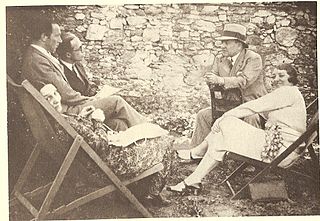
Nina Myral, stage name of Eugénie, Hortense Gruel, was a 20th-century French actress, dancer and singer.

The Head Vanishes is a 2016 Canada/France animated short by Franck Dion about a woman with dementia who is determined to make her annual train trip to the seaside.

The Tesla World Light is an 8-minute 2017 black and white avant-garde film by Montreal director Matthew Rankin imagining the latter days of inventor Nikola Tesla in 1905 in New York City. Rankin has stated that he was interested in exploring Tesla's optimistic utopian vision. The film is a fanciful amalgamation of elements from Tesla's life including his 1905 pleadings for J.P. Morgan to continue funding his World Wireless System and his love for a pigeon. Rankin has stated that "everything in the film is drawn from something [Tesla] wrote or said." The film uses excerpts of Tesla's actual letters to Morgan, which the filmmaker found in the Library of Congress; even a reference to Tesla falling in love with an "electric pigeon" was based on an interview with Tesla, according to Rankin. The film is produced by Julie Roy for the National Film Board of Canada.
Nicolas de Crécy is a French artist, cartoonist, and comic book writer. He was a co-author of Léon la Came, a work that won the Angoulême International Comics Festival Prize for Best Album in 1998.

"Carmen" is a song by Belgian singer Stromae, the sixth single from his second album Racine carrée.
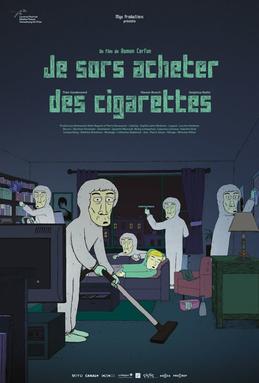
I'm Going Out for Cigarettes is a 2018 animated short film directed by Osman Cerfon. The film has been nominated and awarded in many festivals including Locarno International Film Festival and the Animator International Animated Film Festival where it received the Oscar-qualifying Grand Jury Prize.

Little Nicholas: Happy As Can Be is a 2022 French animated comedy film directed by Amandine Fredon and Benjamin Massoubre. The film portrays the story of René Goscinny and Jean-Jacques Sempé as they create the influential Le Petit Nicolas series of illustrated children's books, blending both scenes that directly adapt vignettes from the books and scenes that depict the real world creation of the books including Goscinny and Sempé interacting with and talking to Nicholas directly.
